AKA: Star Wars: Episode VII
Director: J. J. Abrams
Cast: Harrison Ford, Mark Hamill, Carrie Fisher, Adam Driver, Daisy Ridley, John Boyega, Oscar Isaac, Lupita Nyong’o, Andy Serkis, Domhnall Gleeson, Anthony Daniels, Peter Mayhew, Max von Sydow, Joonas Suotamo, Iko Uwais, Yayan Ruhian
Running Time: 135 min.
By Paul Bramhall
As the latest installment of the much loved Star Wars franchise hits cinemas in December 2015, the first under the distribution on Walt Disney Pictures, the internet can expect to become awash with reviews from every angle possible. Most of them will be likely scrutinized by the series’ diehard fan base just as much as the movie itself, so the very act of writing one is willingly putting ones self in the line of fire of the Star Wars faithful. I myself got to witness The Force Awakens on its opening night in Manila, played to an audience who enthusiastically cheered and whooped throughout its 135 minute runtime, so thought I’d pin a target to myself and offer up my own opinion.
It seems nostalgia plays an important part for many who’ll be going to see The Force Awakens, just as it did for the ill-fated prequel trilogy which kicked off back in 1999 with The Phantom Menace. I was 18 when that movie came out, but even then upon watching it in the cinema, there was no doubt in my mind that what I’d just witnessed was pretty awful. The soulless CGI landscapes, the clunky script, Jar Jar Binks, and the over reliance on playing up the light sabers iconic image as the coolest thing about Star Wars. As a child of the early 80’s, of course I also got to experience the original trilogy on VHS, and one of my childhood birthday parties even included a screening of Ewoks: The Battle for Endor. I still remember this movie being more entertaining than The Phantom Menace.
Now, 10 years since the last movie was released in the form of Revenge of the Sith, The Force Awakens begins a new trilogy that forms a direct continuation of the original three movies, bringing back Harrison Ford, Carrie Fisher, and Mark Hamill. Oh, and Chewbacca.
For readers of cityonfire, including myself, there was a particular interest shown in the casting of Indonesian action stars Iko Uwais and Yayan Ruhian of Merantau and The Raid movies fame. It’s not a spoiler to say that they appear onscreen for about 30 seconds. Yayan gets a few lines, but Iko doesn’t get to say (or do) anything. For those hoping to see some Star Wars Silat action, you’ll come away disappointed. But don’t worry, there’s still Beyond Skyline to look forward to. Of course Asia’s biggest action star, Donnie Yen, is also currently in the process of filming the Star Wars spin-off movie, Rogue One, which I’m sure will involve him throwing a few kicks.
What you may be surprised to hear though, is that I actually drew a sigh of relief when Iko and Yayan didn’t get to show off their impressive skills, as it simply wouldn’t have fit in with the story. One of the biggest mistakes the prequels made was their emphasis on the action. With the release of The Matrix, the sudden interest in kung fu saw an increased emphasis on Ray Park’s Darth Maul and his double bladed light saber. However Star Wars was never just about light saber fights and TIE fighter battles, it was about the characters taking part in those battles, and what was at stake as a result of them. That’s what really made the original trilogy become so fondly remembered.
Abrams has realized that in a way that Lucas failed to do when he returned, and in The Force Awakens the grand spectacle is secondary to the relationship between the two main characters – a disillusioned storm trooper played by John Boyega, and a scavenger with no family played by Daisy Ridley. These two innocent players get embroiled in events out of their control when they end up in possession of an android (the ball shaped robot seen in all of the publicity for the movie), which contains a map showing the location of Luke Skywalker, who has long been a recluse. Kylo Ren, played by Adam Driver, a character who idolizes Darth Vader, is also after the map, and soon everyone from Han Solo to Princess Leia is caught up in the fight to get their hands on it.
That’s the in-a-nutshell plot of The Force Awakens, and to go into any further detail would be heading into spoiler territory, something which should be avoided for such an anticipated movie. But it’s fair to say that Boyega and Ridley anchor the movie in a way that makes everything happening seem relatable, taking us along for the ride with them every step of the way as they’re overwhelmed, embattled, and ultimately empowered. It’s a satisfying journey, strongly bolstered by a fantastic performance by Harrison Ford, and despite having significantly less screen time, Carrie Fisher as well. Driver really nails the role of Kylo Ren, at once appearing to be completely ruthless, but at the same time convincingly showing his vulnerability in the subtlest of ways.
I mentioned earlier that the grand spectacle is secondary, and one of the best things about the action in The Force Awakens is the way the light saber is used very sparingly. The prequels had so many people swinging light sabers left right and center, that the iconic weapon no longer seemed special anymore. The Force Awakens goes a long way to rectifying that, with the light saber perhaps for the first time being conveyed as a weapon that feels both tangible and dangerous. Here there are no villains getting cleanly chopped in half, instead the saber is able to both draw blood and to burn, and the few scenes that they’re used in aren’t wasted. It’s very much a case of quality over quantity.
There are of course plentiful aerial battles between the TIE fighters and the X-wings, all of which are filmed in such a way that captures the excitement and thrill of being part of such a battle. However despite all of the impressive action scenes, what stands out the most about The Force Awakens is just how much of a real movie it is. The cinematography is stunning, with a huge and welcome reliance on practical effects, real filming locations, and wide angle lensing. The score offers up both plenty of new tracks, as well as worthy nods to the famous score of old. The characters are all well rounded and fleshed out, and again, just as many of the more colorful aliens are actors wearing prosthetics as they are CGI creations. Perhaps most importantly of all, the script works, acknowledging what’s come before while also paving the way for the movies ahead.
While critics could easily beat up on The Force Awakens, based on the fact that the plot could essentially be taken as a re-boot of A New Hope, it does little to diminish its entertainment value. Based on how big a Star Wars fan the reviewer is, you’ll most likely see reviews concluding in a hundred different ways. For me, I wanted an unpretentious piece of sci-fi action cinema, and that’s exactly what I got.
Paul Bramhall’s Rating: 8.5/10

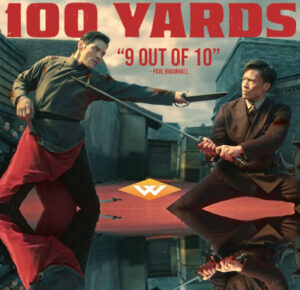

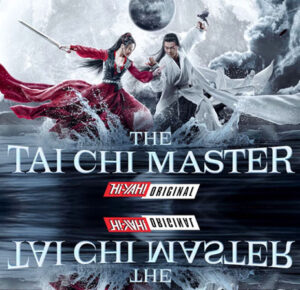
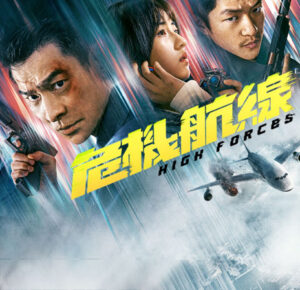
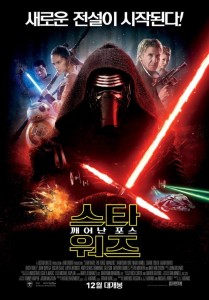
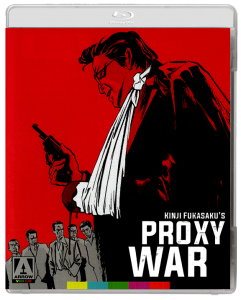
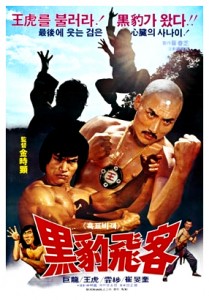
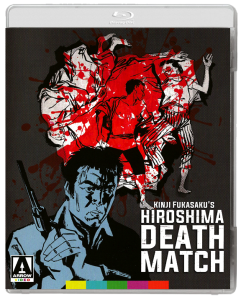
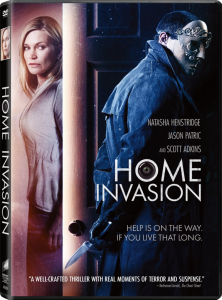
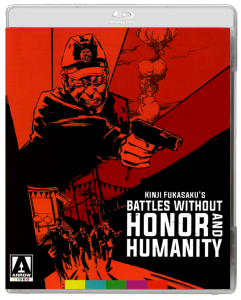
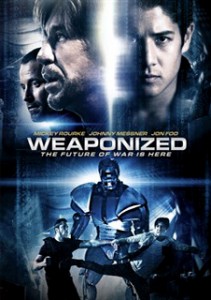
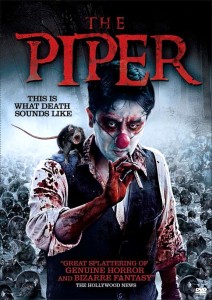
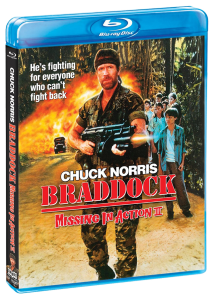
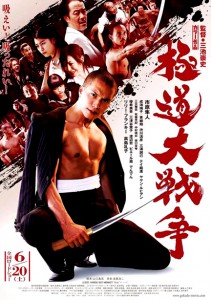
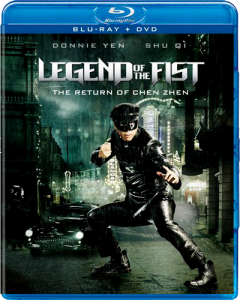
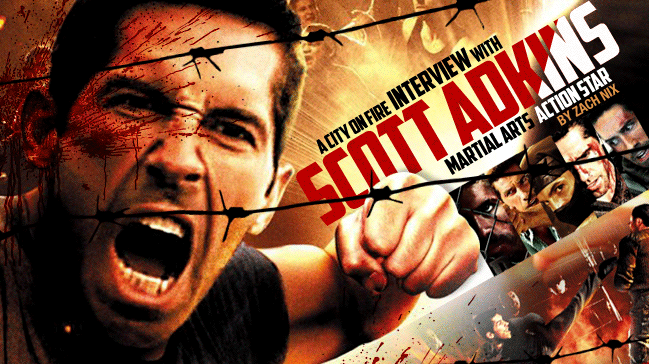
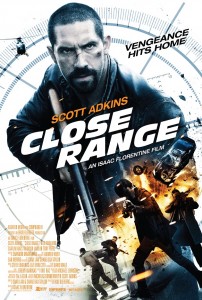
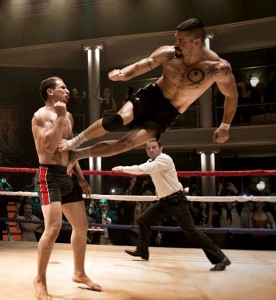
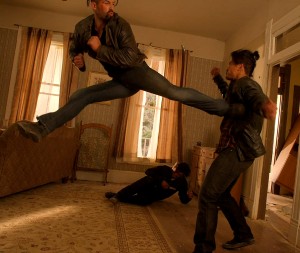
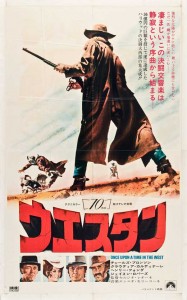
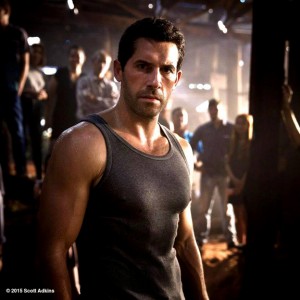
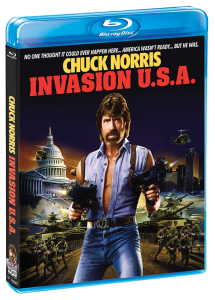
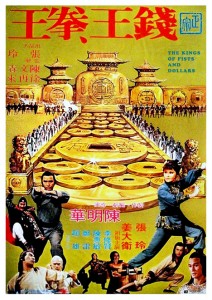
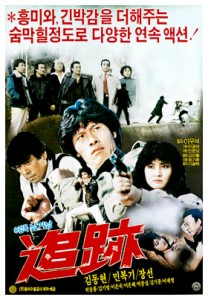




2 Comments